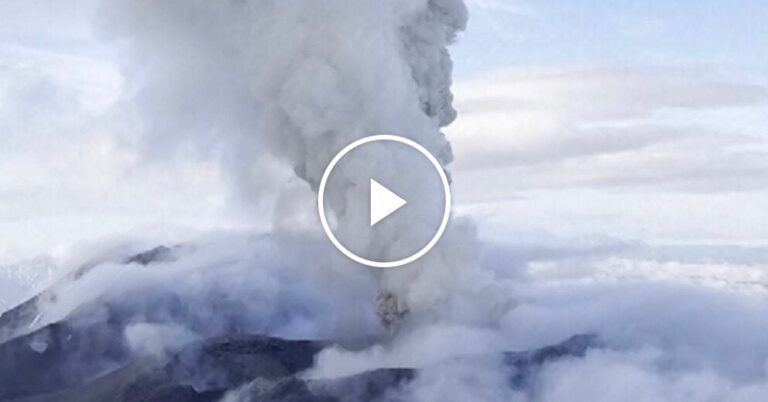The first commercial 3D cinema experiences date back more than a century, with the film The Power of Love shown in Los Angeles in 1920. Back then, stereoscopic glasses were already being used to achieve the effect. Today, when we talk about metaverses and mixed reality, it is still necessary to use some glasses to achieve the three-dimensional effect. Unless, of course, Google gets its way and succeeds in making its new glasses-free 3D video conferencing system standard. Enter Project Starline.
In this article, you will read about:
How Starline 3D videoconferencing works
Mainly due to remote work, videoconferencing has become increasingly popular in recent years. The problem is that the 2D visualization of current systems generates cognitive dissonance in the user, the so-called “Zoom fatigue.” Hence, research is being made into other options.
The Starline 3D telepresence project was introduced in 2021, although at that time, an entire booth was required for the user to enjoy the effect. In that first model, a series of infrared cameras and other sensors were used to analyze the speaker’s image and then translate it onto a 3D screen using a light field system. Starline’s basic technology consists of these three phases:
- Capturing and 3D mapping of the interlocutor
- Compression of data for transmission over networks
- 3D monitor display
Of course, installing a booth in a work environment was not a realistic alternative to the current video conferencing, regardless of the 3D perks. Finally, in early 2023, Google announced that it had improved its system so much that it had dispensed with most of the sensors used in the first Starline prototype. According to the developers, using several standard cameras and artificial intelligence software suffices to offer glasses-free 3D video conferencing.
At first glance, the new version of the Project Starline is a simple screen, similar to that of an LED TV, which is equipped with three sensors on the sides and top strip, respectively. It is a working prototype that Google has distributed to partners such as T-Mobile, Salesforce, and WeWork for real-world testing.
Main advantages of 3D videoconferencing
As mentioned, 2D videoconferencing can create fatigue due to the lack of connection to real space. In addition, using virtual or augmented reality glasses for long periods still causes some discomfort due to the weight of the devices and, in some cases, dizziness due to latency issues, i.e., the speed of reaction between what is seen and what is happening.
New 3D videoconferencing systems like Project Starline are expected to improve productivity in professional environments and, more importantly, the human connection between call participants.
Glasses-free 3D video conferencing alternatives
Of course, Google is not the only developer interested in this field. One of the alternatives to Project Starline is the approach of a U.S. company that has designed a booth where the speaker can be shown in full body. It is enough to record the person with a white background and a basic camera – the company indicates that a cell phone can be used – and then transmit the data to the booth, which consists of a 4K screen two and a half meters high and can be installed in any space, be it an office, a shopping mall or an airport.
The developer describes this concept as “holoportation.” Artificial intelligence makes it possible to generate a sensation of depth when looking at the screen. The main drawback of the technology at the moment is that the full-size unit costs seventy-five thousand dollars, which rules it out as a device for everyday use.
In addition to the technologies above, there are other somewhat less expensive alternatives to improve the usability of videoconferences. One of them transfers the images of the participants to a realistically rendered 3D space so that all of them are integrated into it as if it were a conference room. You can see how it works in this video.
If you want to know more about virtual reality applications and holographic systems such as Project Starline, as well as many other technological innovations, you can subscribe to our newsletter at the bottom of this page.
Source:











